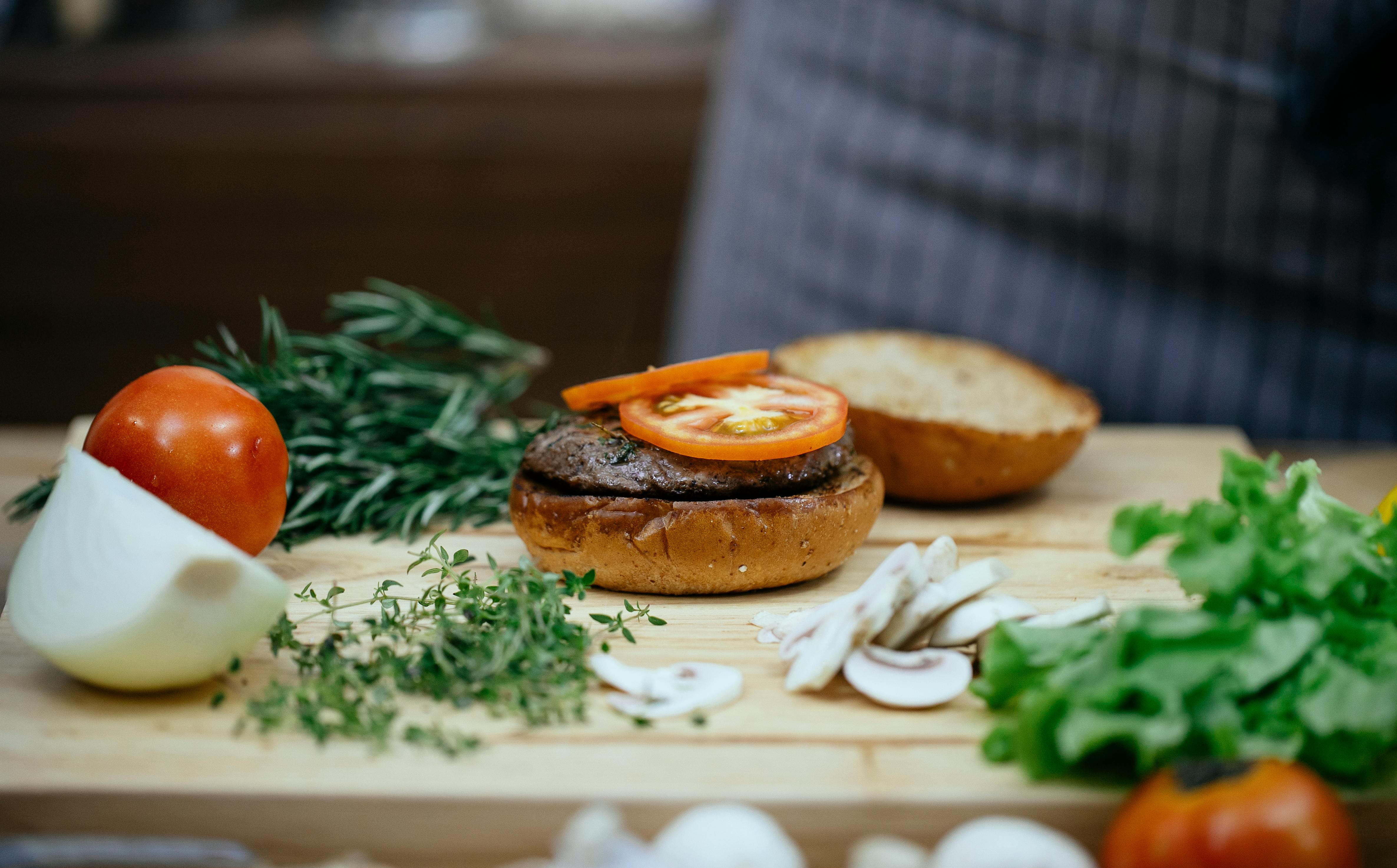A food allergy is an immune response to a particular food or drink, similar to the immune response against the body itself in a lupus patient. Don’t confuse food allergies with food intolerances; they are different. When you experience food intolerance, it is not caused by the immune system, and is simply an adverse response of your body to a particular food (such as lactose intolerance).
You have to take care of yourself; Having lupus or any autoimmune disease makes you especially susceptible to food allergies, and these allergic reactions can lead to flare-ups.
There are many ways to determine food allergies and the symptoms they cause. According to the Food Allergy & Anaphylaxis Network, you should watch for the following 7 symptoms for up to two hours after eating.
Food allergy symptoms to watch out for:
o Tingling sensation in the mouth
o Swelling of the tongue and throat
or difficulty breathing
urticaria
o Vomiting, abdominal cramps, or diarrhea
o Sudden drop in blood pressure
or loss of consciousness
If you suspect you have a food allergy, it’s important to work with a healthcare professional, because while removing that food from your diet may relieve your symptoms, it won’t address the possible allergy itself.
Allergy tests are easier than it seems. You may be afraid of needles, but in most cases you don’t even have to see them!
Common allergy testing methods:
allergy prick test
In the skin prick test, the doctor places a small drop of the substance (in this case, a food) to which you may be allergic to the skin and then pricks it with a small needle. He will then wait a few minutes to see if he develops a reaction, which is usually localized in the form of redness and swelling.
RAST allergy test
The RAST test is another allergy test that requires you to send a blood sample to a laboratory, where specialized tests are performed to determine your allergies.
The home allergy pulse test
Another easy way to get an indication of a food allergy is by taking the home allergy pulse test. This is done by checking the pulse before and after eating. When you keep a close eye on your pulse while challenging different foods, you can often determine possible reactions to foods. However, it is important that you do not use or rely on this test if you have a history of severe allergic reactions, especially anaphylaxis (a potentially life-threatening allergic reason for swelling of the throat).
To perform the pulse test on yourself, simply take your pulse before eating to establish your base (or control) pulse rate.
It is best to eat a single meal and then check your pulse again 15, 30 and 60 minutes later. If you see an increase in elevation more than 10 beats faster than your base pulse, it means you are likely allergic to that food.
One obvious problem is that you may want to eat more than one food at a time. Go ahead and eat that meal, and again do your pulse test before and after your meal as above. This way you can determine if foods have no effect, or if there are foods that cause a reaction with a high pulse.
To start testing your reactions to food, a simple natural diet is the way to go. Stick to meals that don’t require a lot of work and include just a few simple ingredients.
If you find an increased pulse rate, it’s a good idea to test each food separately to determine which food ingredient is the culprit in that food.
Be sure to keep a diary with you at all times, so you can keep proper records and learn how to identify which foods, if any, are causing an outbreak. Be careful though, food triggers and your reactions can change, therefore it can be hard to spot them. However, this test is an excellent start in controlling unnecessary outbreaks that result from food allergies.
It’s best to work with an experienced wellness specialist to help you maintain your health program and get additional support to answer your health questions when needed.
90% of all food allergies are caused by just eight foods!
If true. Just 8 common foods are to blame for most food allergies. These are milk, eggs, peanuts, tree nuts (such as walnuts, cashews, and pistachios), fish, shellfish, soy, and wheat. You should also avoid spicy foods, processed foods (such as American cheese), alcohol, chocolate, and caffeine if you have lupus. I know this doesn’t sound like fun at all, but all of these have the potential to mess with your immune system and have unexpected effects on your body. That’s the last thing you need to worry about with lupus!
One way to remember these foods is by remembering the term ‘DONGS’, which means:
Dairy: Cow’s milk and related products, goat’s milk and related products, eggs
Ocean: fish, shellfish
Nuts: peanuts, dried fruits
Grains: soybeans, wheat, wheat, rye, oats, barley, everything called “gluten”
Spices: paprika, garlic, cinnamon, cloves, cola, licorice, mustard, oregano, peppers, poppy seeds, and sage
Now that I’ve told you all the no-no’s…we can go over some of the foods you can eat and enjoy without fear of boosting your immune system. Foods like brown rice, sweet potatoes, and vegetables can create delicious meals packed with energy and carbohydrates to keep you going throughout the day. For a refreshing drink, why not reach for some fresh fruit or vegetables and make a nice smoothie or juice drink that will also boost your immune system and your energy (just avoid asparagus, aubergines, onions, zucchini, olives, etc.) raw and peppers).
It’s important to maintain your strength to fight lupus all day, not just after eating, so try to eat several smaller meals throughout the day instead of 2 or 3 heavy meals that will rob you of valuable energy you don’t have. needs to. waste.
To learn more about the essentials of a healthy lupus diet, plus holistic approaches to reducing lupus symptoms, visit Healing-Lupus.com for a free mini-course.



